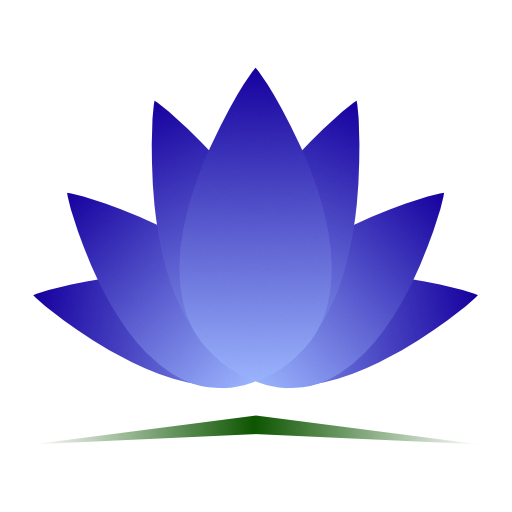Tag: Q and A
-
Where did the capital of Nepal get its name?
The name “Kathmandu” originated from two words, kath – meaning wood – and mando – or mandap, meaning house – as most of the buildings were constructed from wood, and then beautifully ornamented. The capital was still called “Kantipur” up until the seventeenth century. No one can overstate the religious, cultural, and traditional importance of…
-
What is tatkar?
Tatkar is footwork. The patterns and styles vary greatly and emphasis is placed on producing a sound from the feet as well as from the ghungharoos (bells). Most Kathak performances feature tatkar, which highlights a dancer’s technical skill, stamina, and artistry. Often, a dancer will sing a series of bols, or syllabic sounds, in a…
-
What is a hasta mudra?
There are two types of hasta mudras, or hand signs, in Kathak dance. Asanyukt mudras use one hand; sanyukt mudras use both hands. The most commonly recognized asanyukt mudra is pataka, which keeps all of the fingers of the right hand straight, with the thumb touching the first finger. A pataka can be used to…
-
Where did Bollywood dance originate?
The origins of Bollywood lie in Urdu theater and street plays known as nautanki. Many of the basic steps, of which there are over seven hundred, are derived from classical Indian dance. Bollywood is a highly aerobic style of modern dance that has gained popularity primarily due to the explosion of Bollywood films across the…
